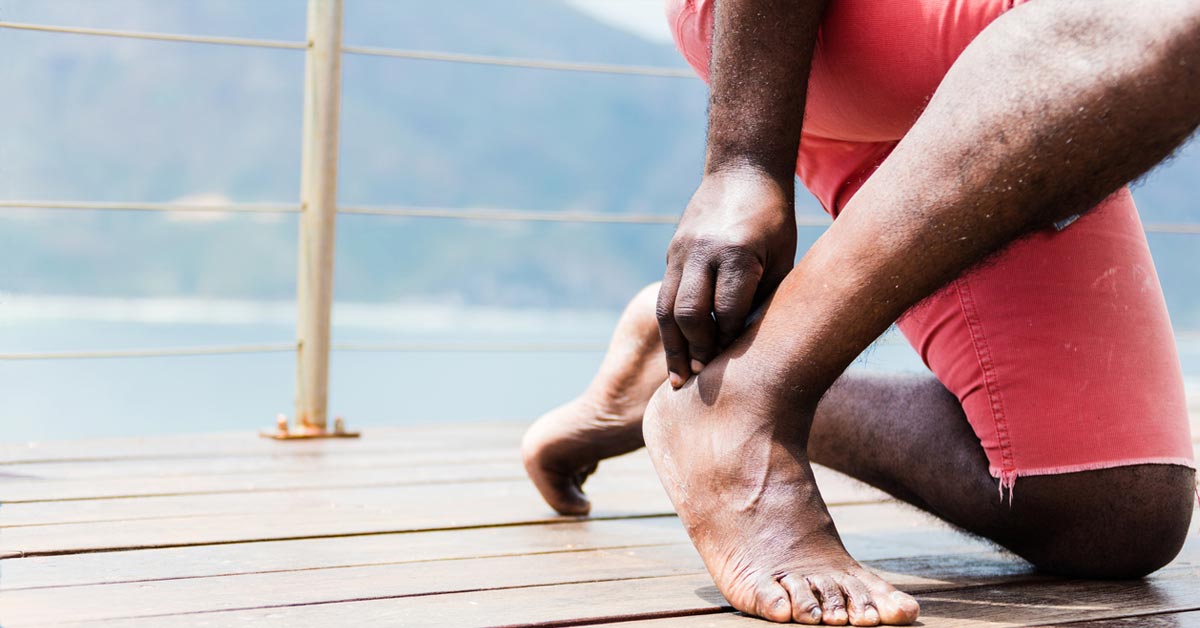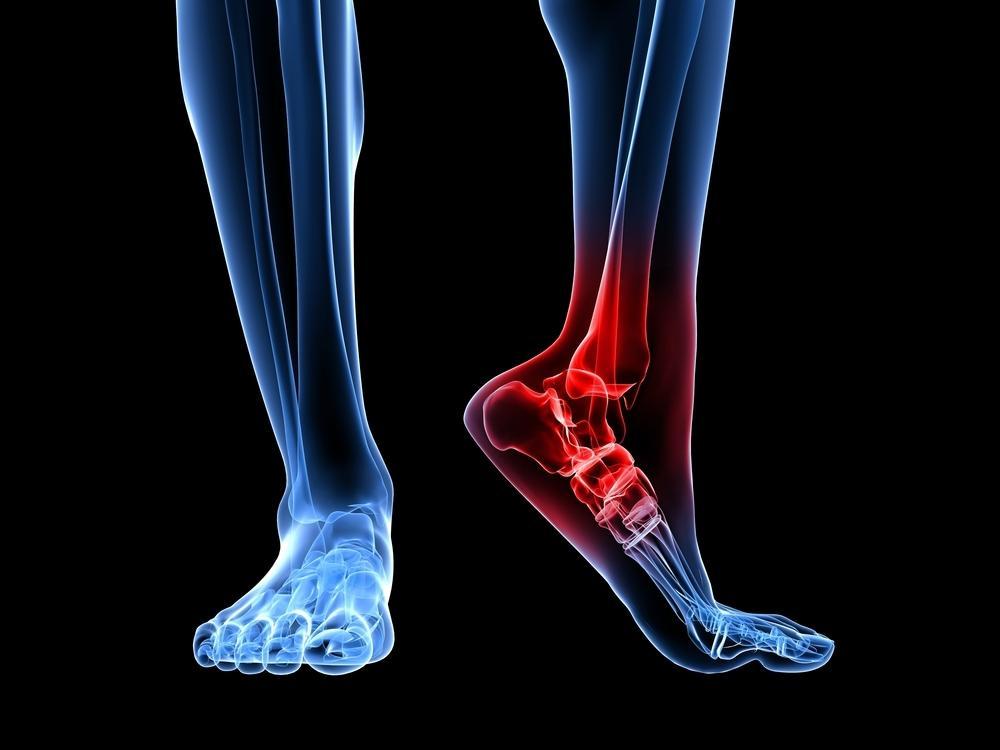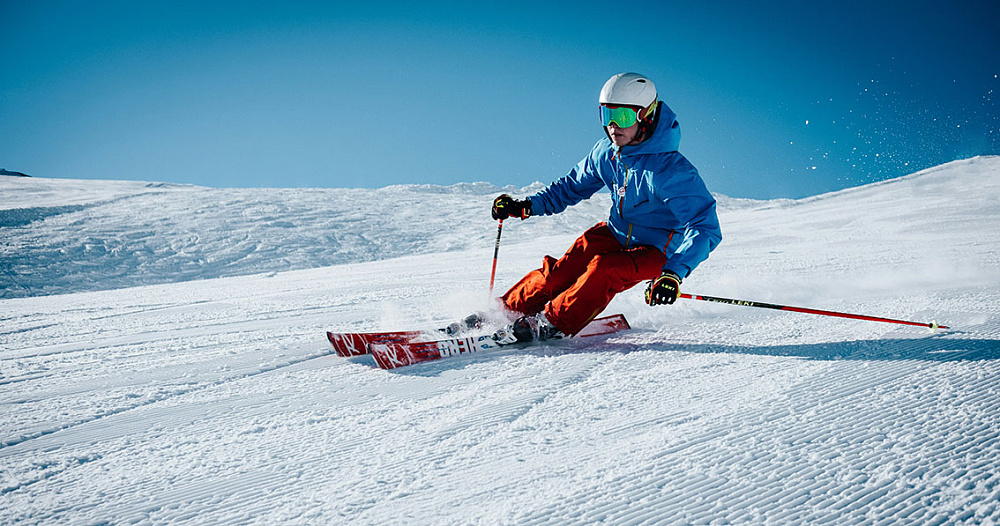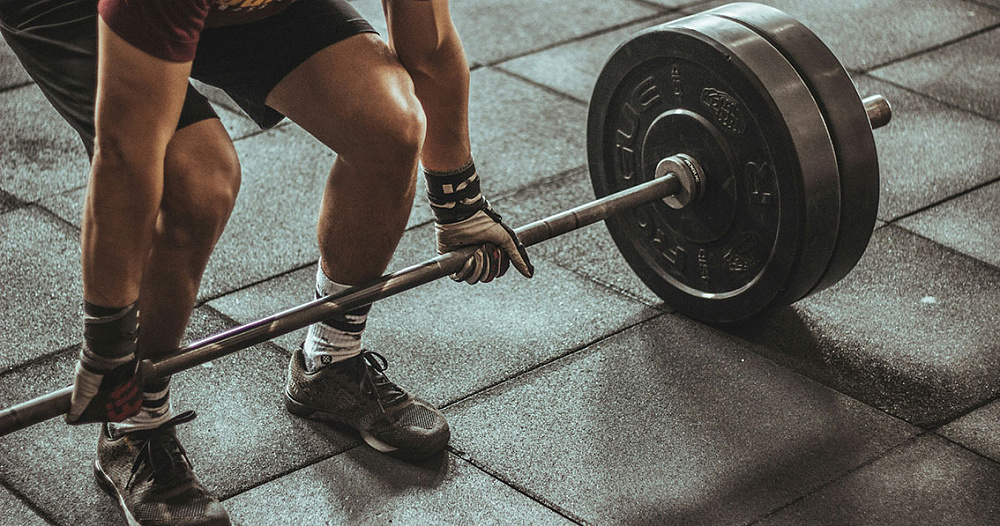The most powerful and largest tendon of a person is located in the back of the leg, is formed as a result of the fusion of flat tendons of the gastrocnemius and soleus muscles and is attached to the tuberosity of the calcaneus, and is called the Achilles (heel) tendon . It is responsible for the movement of the foot (flexion-extension), for the ability of a person to walk upright, and also performs a shock-absorbing function. But, despite its strength and durability, it is injured quite often. The risk group most often includes athletes (runners, jumpers, gymnasts), circus performers, professional dancers, but in everyday life, injuries to the Achilles tendon are also common (slipping of the foot from a curb or step, twisting of the foot when walking in high heels – in women, etc.)
Types of injuries
- Tendinitis is an inflammatory disease of the tendons, in which microtraumas are observed that do not violate the integrity of the tendon itself.
- Stretching
- Tendon ruptures (partial or complete)
The causes of trauma are:
- direct injuries to the tendon area (kicks or sharp object blows (open injuries);
- sudden sharp load on the foot area without prior preparation (sharp start, unsuccessful jump, etc.);
- biochemical factors (flat feet, high arches, bowed legs, etc.);
- existing inflammatory processes in the heel area (bursitis, tendovaginitis);
- age over 40 years (ligament extensibility decreases, which leads to increased trauma);
- wearing uncomfortable shoes (high heels, narrow toes, hard backs);
- chronic diseases (osteoarthritis, rheumatoid arthritis , gout );
- obesity

Symptoms:
- acute intense pain in the area of injury
- swelling, followed by bruising
- when it breaks, a characteristic crunch or cracking sound is heard
- with tendonitis – creaking
- it is impossible to bend the foot, attempts to do so cause sharp pain, and it is also impossible to stand on the foot and stretch the foot
- a depression or notch appears at the site of the damaged Achilles tendon
A qualified specialist will help diagnose the presence of an injury by conducting a thorough examination of the damaged area and analyzing the patient’s complaints. In complex cases, the doctor may refer the patient for an X-ray, ultrasound, or MRI.
If you suspect that you have an Achilles tendon injury, you should be examined by the following specialists :
- traumatologist-orthopedist
- surgeon
- rheumatologist
Treatment and recovery
In case of serious injuries (for example, an open tendon rupture), the victim requires urgent hospitalization. In the traumatology department, the patient will undergo surgery, during which the torn tendons are sutured and subsequent rehabilitation treatment is performed. In case of other types of injuries (tendinitis, sprains, partial ligament rupture), the patient undergoes conservative treatment, which includes:
- drug therapy (taking anti-inflammatory and pain-relieving medications)
- cryotherapy
- reducing or eliminating the load on the injured limb. To ensure immobility, splints, plaster casts, bandages, orthoses (brace) are used
- physiotherapy treatment
- physiotherapy exercises, which are prescribed after the Achilles tendon has healed
- massage.
During the rehabilitation period, it is recommended to avoid heavy physical activity and wear and select comfortable shoes.






